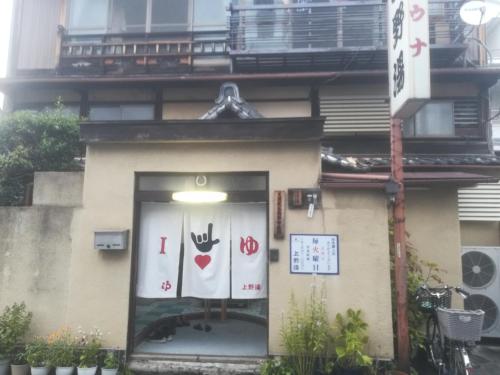Jissoin Temple
menuMenu
A Monzeki temple with imperial connections, famous for its 'Tokomo-mimi' (autumn leaves reflected on the floor). The breathtaking reflection of autumn leaves and fresh greenery on the black floor is a must-see. Take a stroll through the serene gardens and enjoy a peaceful moment.








Highlights
- The beauty of autumn leaves reflected on the black floorboards, famous as 'Tokomo-mimi'
- Explore the beautiful gardens throughout the four seasons
- Enjoy a peaceful moment in a serene and tranquil atmosphere
- A historic temple with imperial connections
- Spend time relaxing in a calm and sophisticated environment
Basic Information
- Address
- 121 Iwakura-Kamizocho, Sakyo-ku, Kyoto, Kyoto Prefecture Search for tourist attractions in Kyoto
- Access
- Take the Kyoto Bus lines 21, 24, or 43 and get off at the Iwakura Jissoin bus stop. It's right there! Alternatively, take the Eizan Electric Railway Kurama Line and get off at Iwakura Station. It's a 20-minute walk from the station. Show route
- Op.Hours
- 9:00 AM to 5:00 PM
- Cld.Days
- Irregular holidays
- Fee
- ¥500 for adults, ¥250 for elementary and junior high school students
- INFO
- Parking available (free, no reservation required). Reservations are required for tour buses. Please contact us in advance. Buses without reservations will not be allowed to park.
Overview
Recommended nearby attractions
Sanzen-in Temple

A Kyoto icon, this temple offers a tranquil escape, featuring the beautiful moss-covered Yujoen garden and the charming sight of the Warabedizo statues.
Myoshin-ji Taizo-in

A Zen temple brimming with highlights, including the national treasure "Hyōnen-zu," a beautiful karesansui (dry landscape) garden, and the exquisite pond garden, Yokōen.
Houkyouin Temple

The serene grounds are captivating, featuring gardens that change with the seasons and historic buildings. The autumn leaves are particularly stunning, enchanting visitors with their vibrant colors.
Manshuin Monzeki

A historic temple with over 800 years of history. The serene garden offers a tranquil escape from the bustling city.
Chion-in Temple

Chion-in is the head temple of the Jodo sect, boasting a magnificent gate and a National Treasure Main Hall (Omigedo).
Shōkoku-ji Temple

A historic temple established by Ashikaga Yoshimitsu. Don't miss the "crying dragon" painted on the ceiling of the Hōdō!
Myoshin-ji Keishun-in

A tranquil space known for its beautiful garden of maple leaves and moss.
Konchiin Temple

Find tranquility and peace in the serene atmosphere of Konchiin Temple. Contemplate the meticulously designed kare-sansui (dry landscape) garden, "Tsurukame no Niwa," created by Kobori Enshu.
Koto-in Temple

Koto-in, founded by Hosokawa Tadaoki, is known as a temple associated with Hosokawa Tadaoki, a high-ranking student of Sen no Rikyu. Enjoy the serene beauty of the moss-covered garden, the vibrant maple trees, and the charm of the teahouse.
Hōkyō-ji Temple

Visit a temple with ties to Ashikaga Yoshimitsu, including a National Treasure writing room, tea room, and beautiful gardens.
Nearby Hotels
The Prince Kyoto Takaragaike, Autograph Collection

Renovated 100 year old house with complete privacy

Heihachi Tea House Inn

Yadoya

Yadoya Lodge

ez guest house

Kibune Hiroya

Pension Kitashirakawa

International Guest House Tani House

Guest House Koiya

